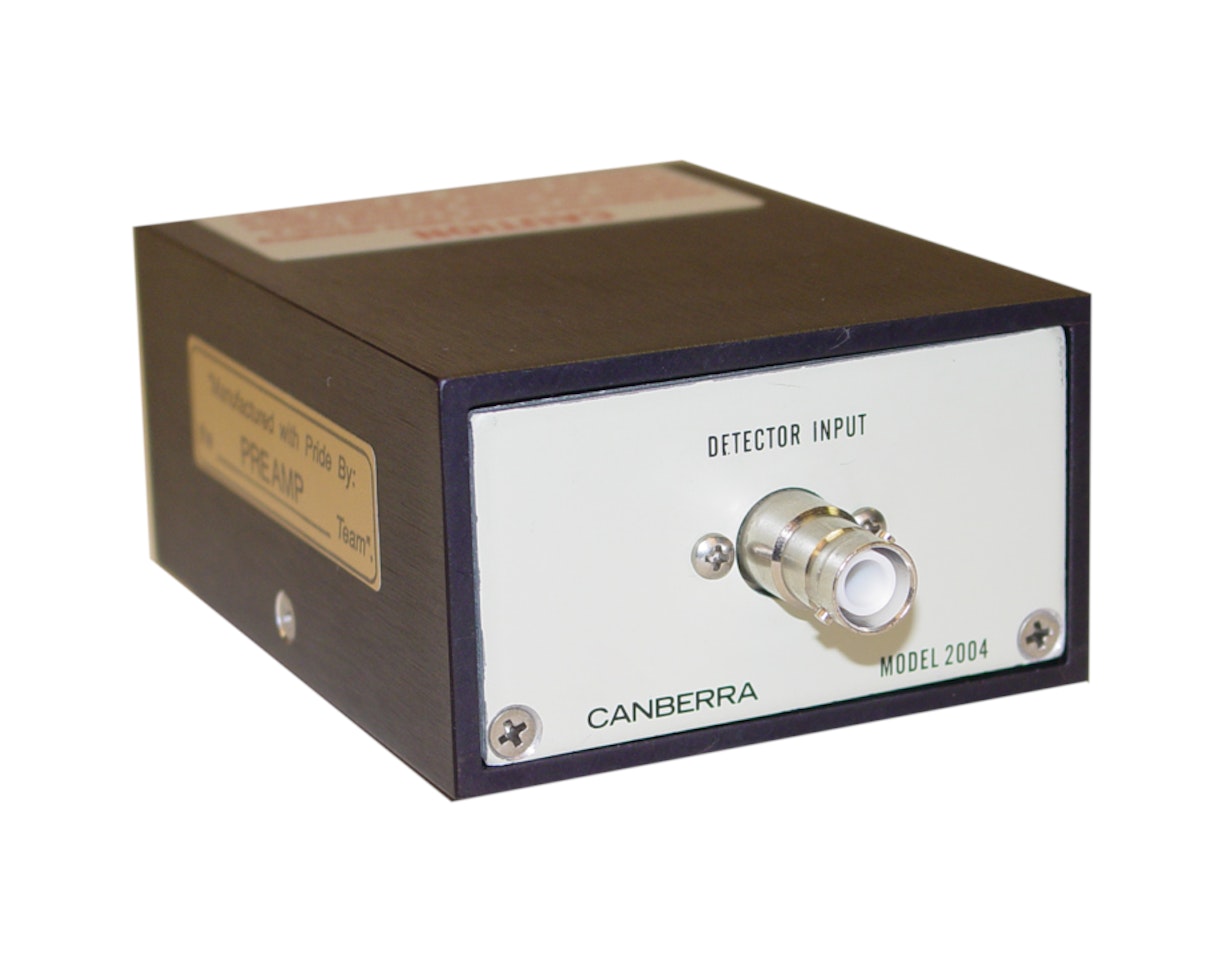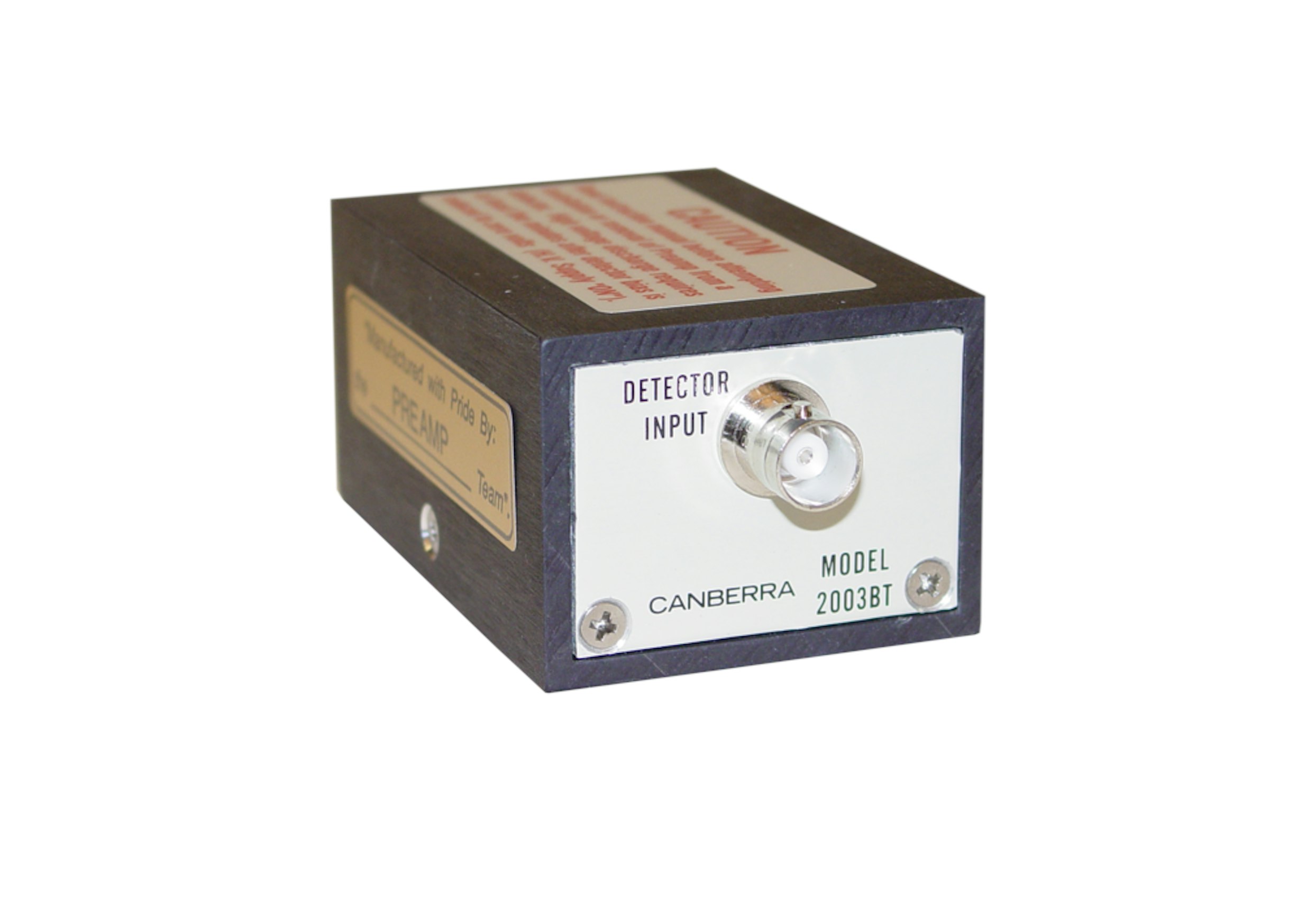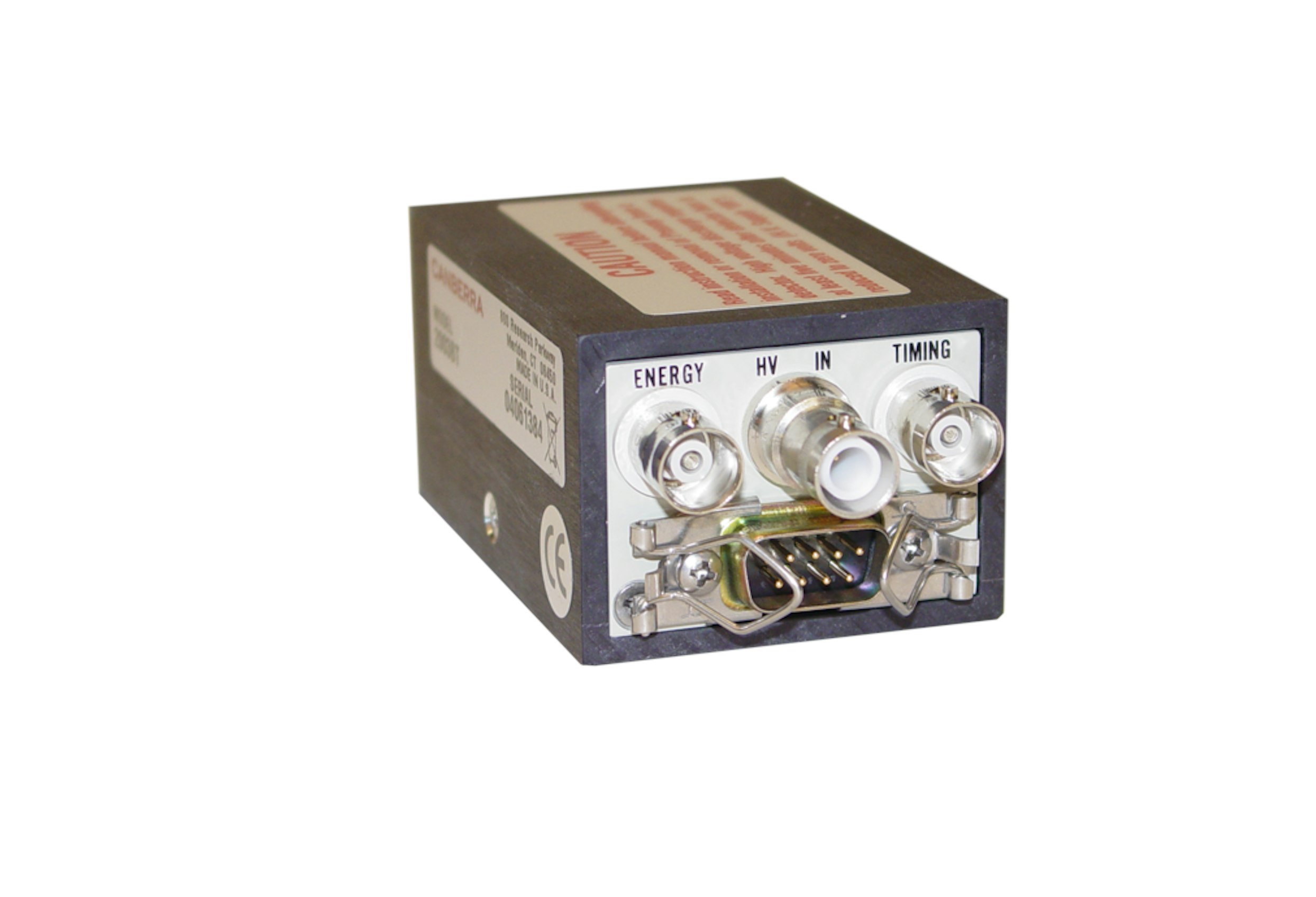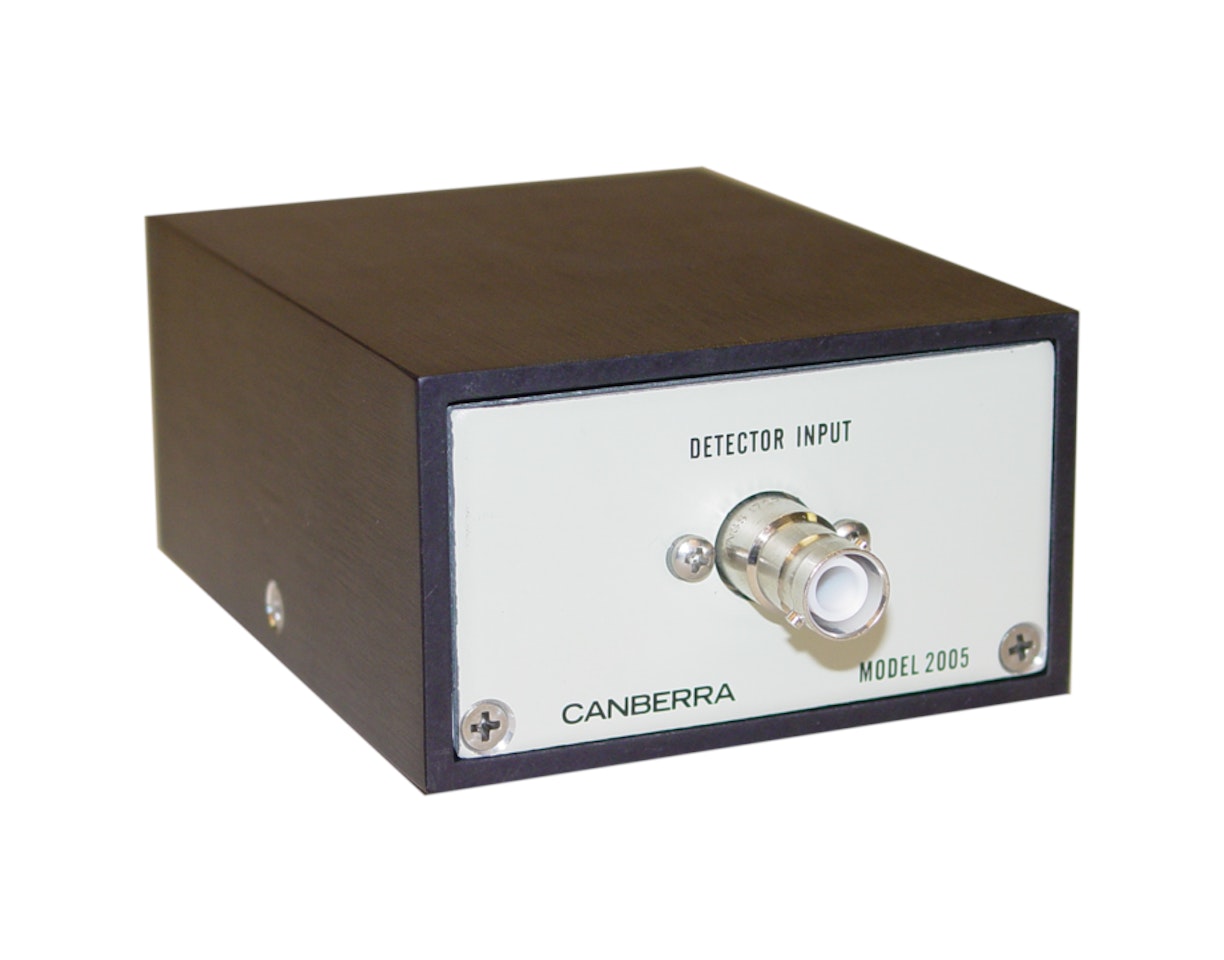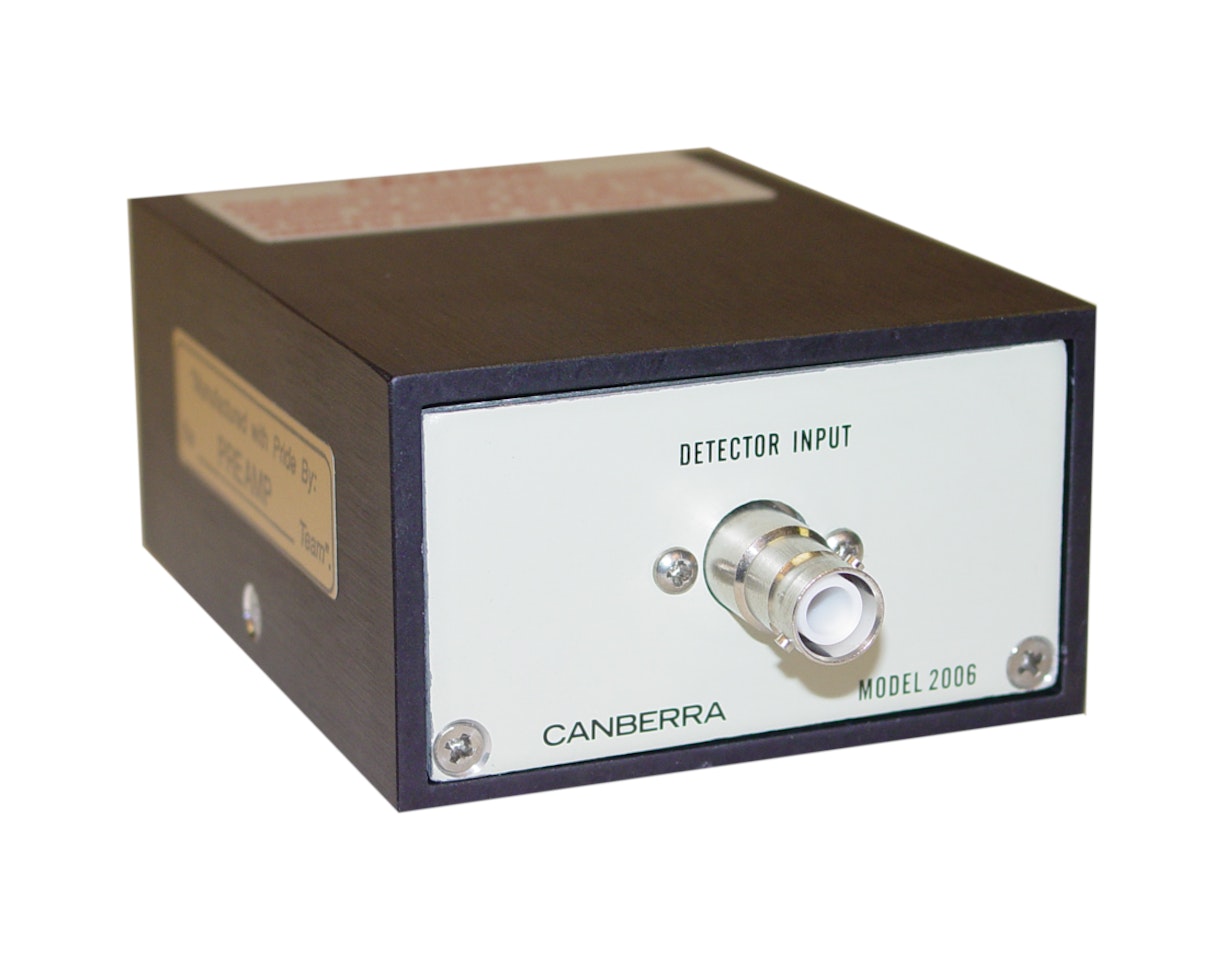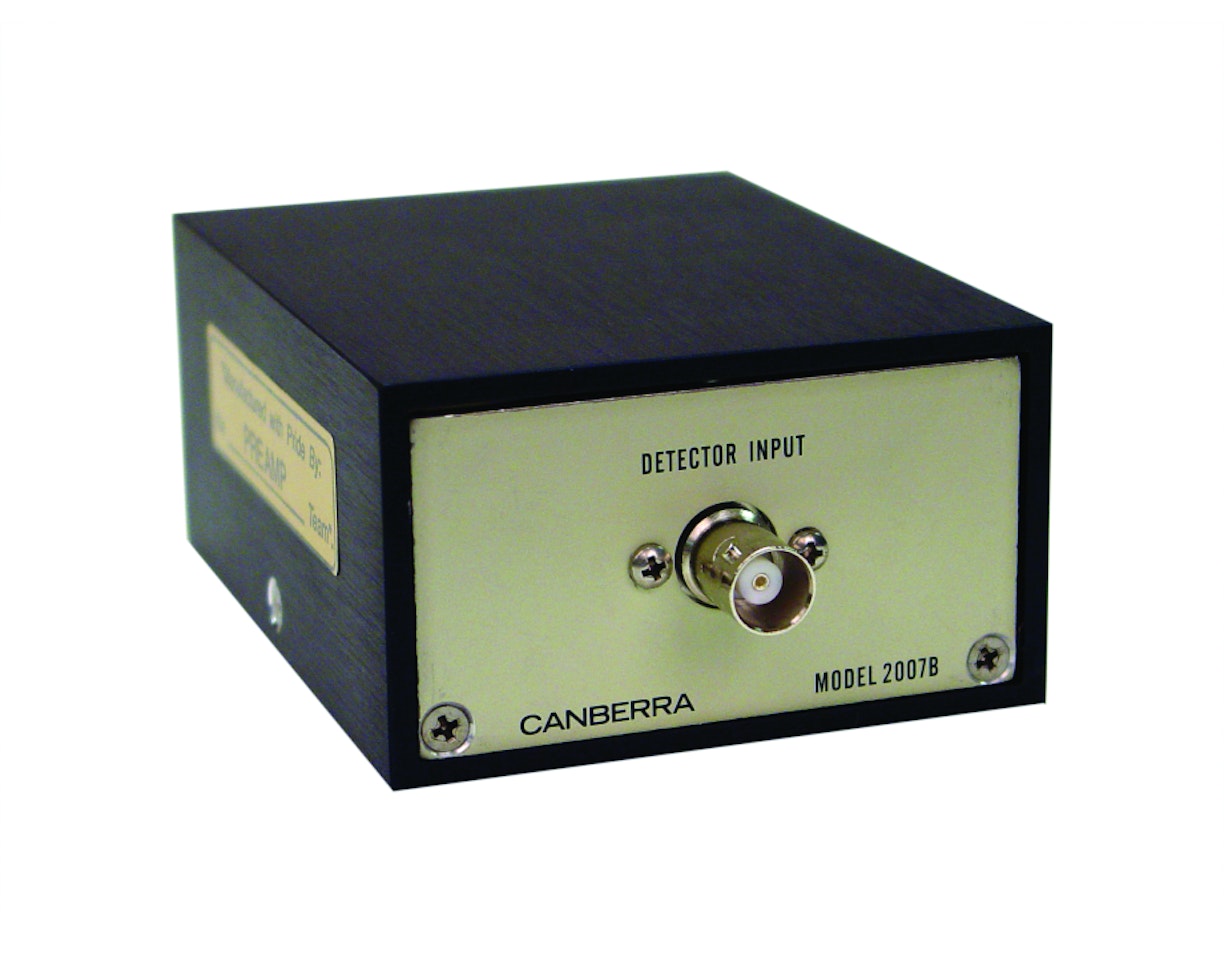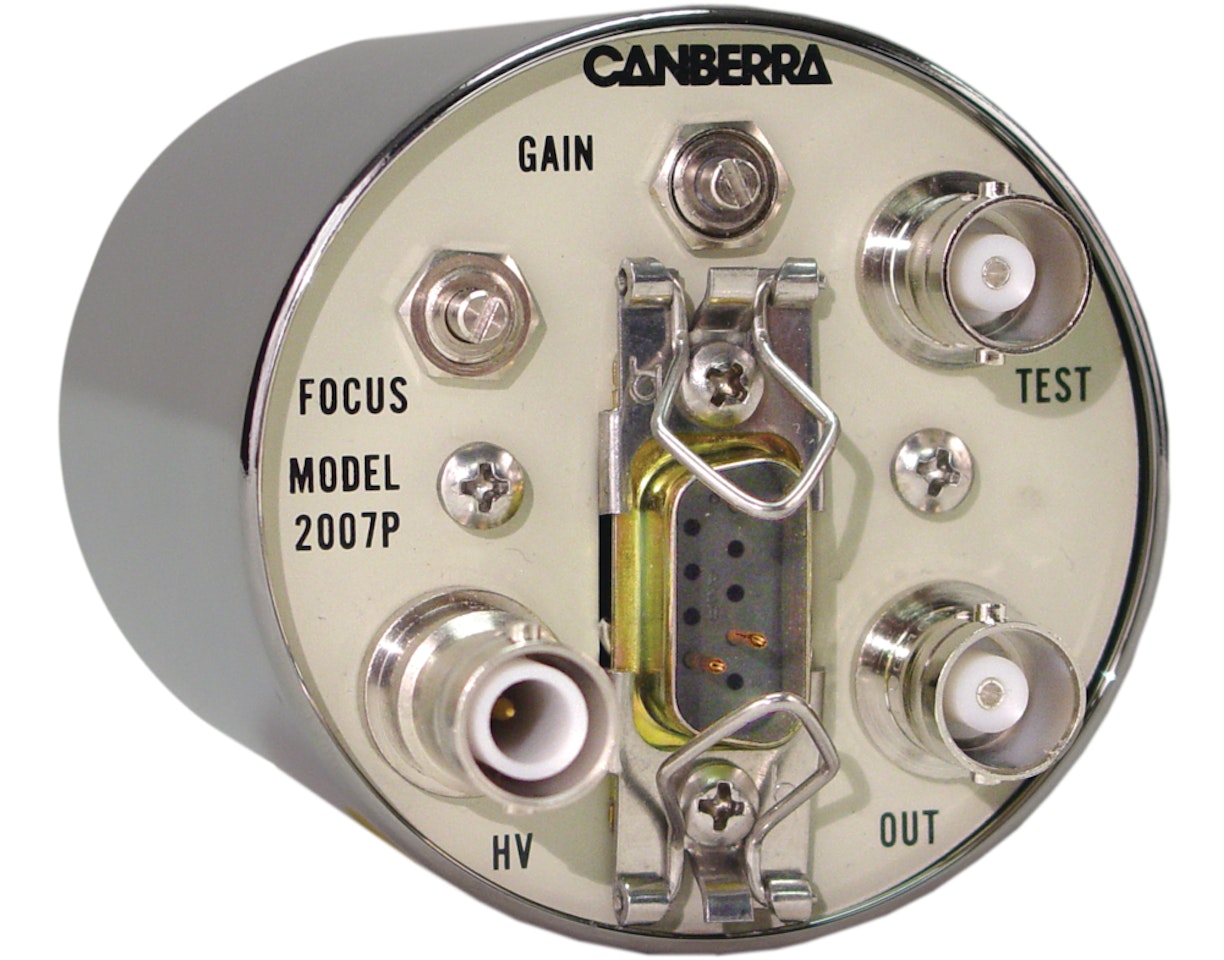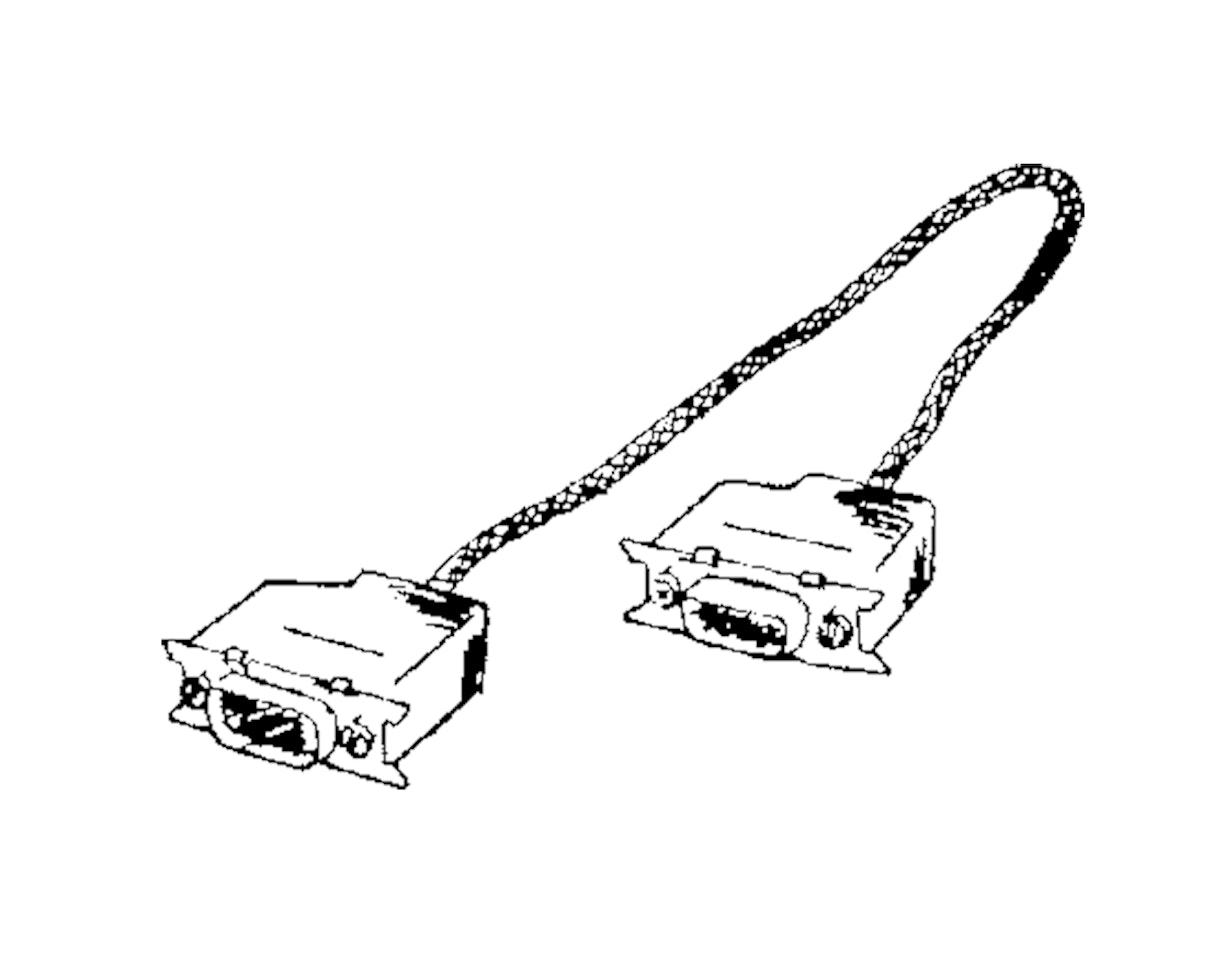Description
The Model 2003BT charge sensitive FET input preamp is designed for optimum performance with Silicon detectors such as the Mirion Passivated Implanted Planar Silicon (PIPS) detectors and legacy Silicon Surface Barrier (SSB) detectors. Operating as a charge to voltage converter, the unit accepts charge carriers produced in the detector during each absorbed nuclear event. The output then provides a voltage in direct proportion to the collected charge at the rate of 0.45 V per pC. This translates to a gain of 20 mV per MeV for room temperature silicon detectors.
For typical use with positively biased silicon detectors, the extremely linear energy output provides a positive polarity pulse ideal for energy spectroscopy. The coincident timing output provides a negative polarity fast differentiated pulse ideal for resolution of nuclear events in time.
The high charge rate capability of the design is evidenced by an energy rate capacity of greater than 2 x 106 MeV per second when used with silicon detectors. In order to take full advantage of such a high count rate capability, a main amplifier with a correspondingly high count rate ability, such as the Model 2025 or Model 2026 amplifier, should be used.
The basic operation of the preamplifier is indicated in the functional schematic. The first stage acts as an operational integrator which produces an output potential proportional to the accumulated charge on the feedback capacitor Cf. The integrator drives the energy output directly. The timing output is derived from the integrator error signal through a pulse shaping network. Such an arrangement allows for the low noise and fast rise times, as in Table 1 (see spec sheet). To preserve pulse fidelity the energy output is buffered through a series terminating resistor of 93 Ω.
The preamplifier offers a noise contribution of only 2.0 keV, FWHM, Si, with a rate of increase with increasing input capacitance of ±10 eV per pF. All necessary power is provided by a Mirion main amplifier through the 300 cm (10 ft) compatible cable furnished with the preamp.
